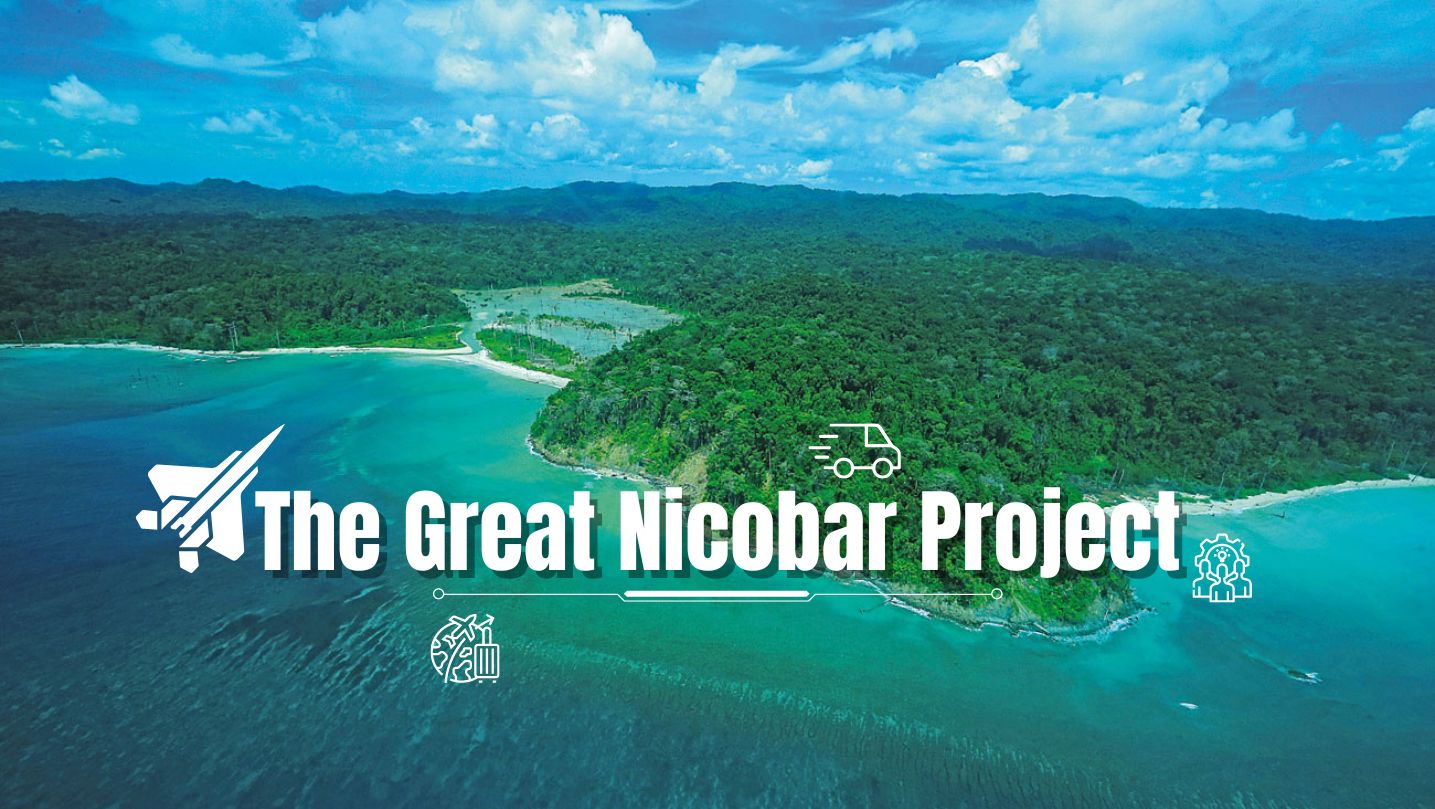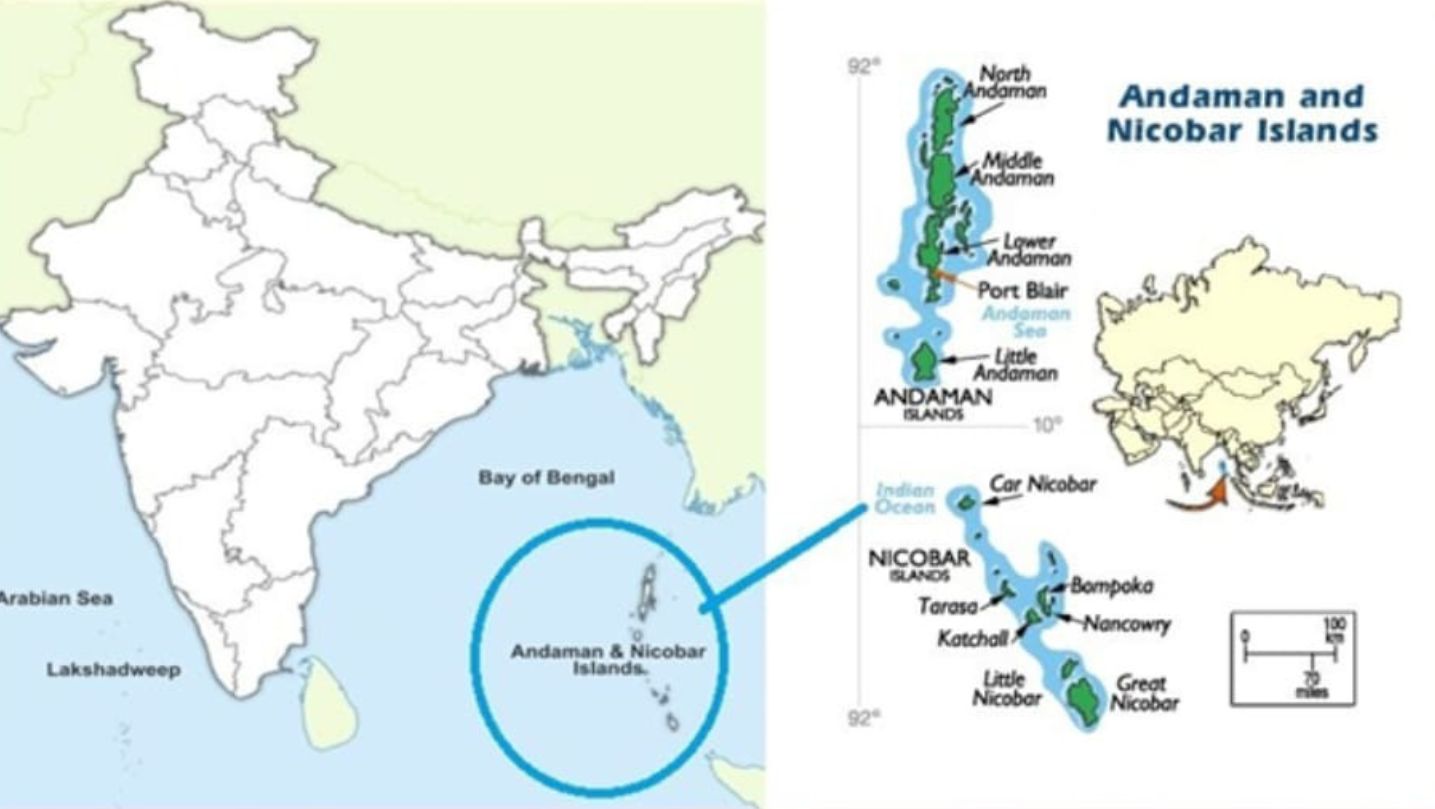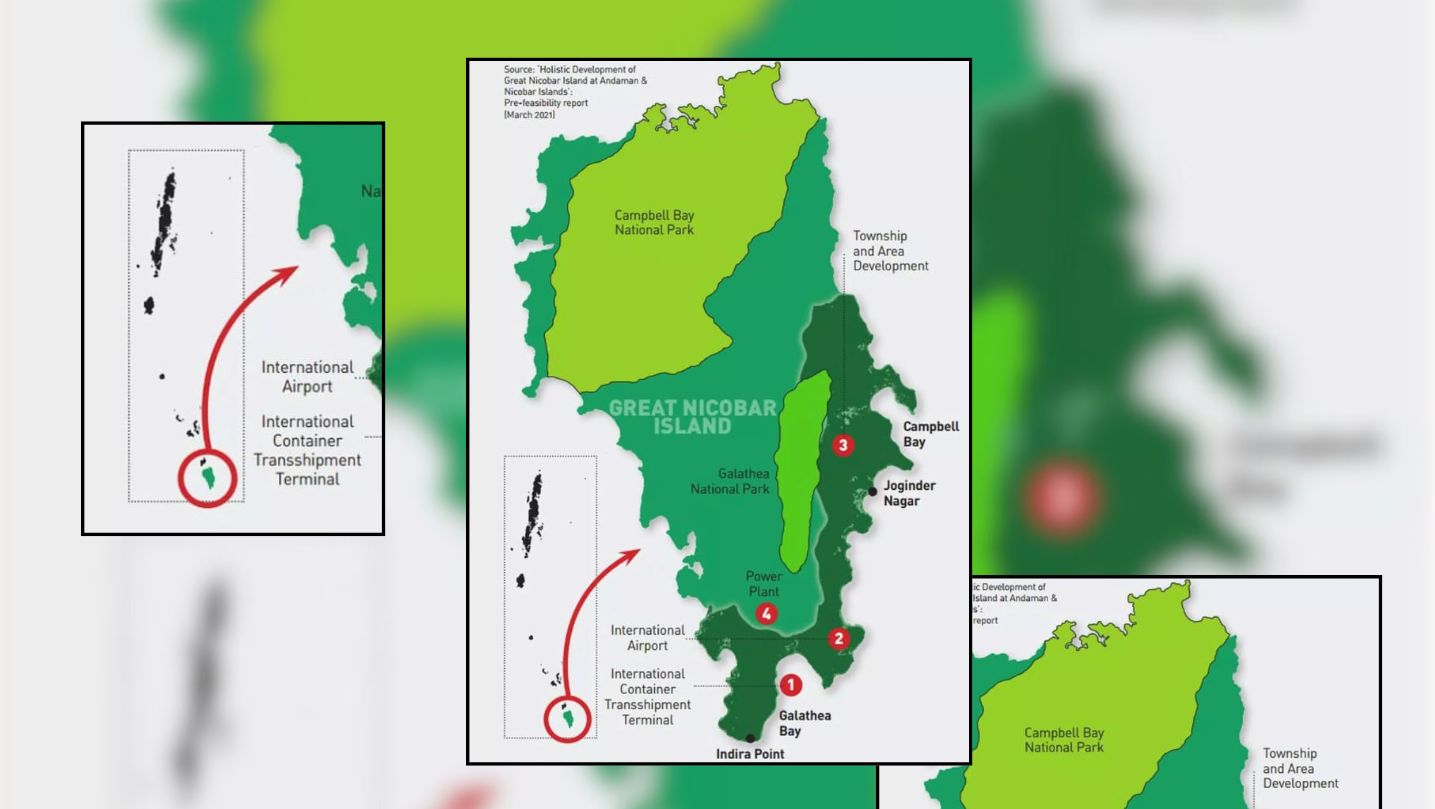
At the southernmost tip of this mesmerising ensemble lies the majestic Great Nicobar Island, boasting an impressive landmass of about 910 square kilometres. Here, at the pinnacle of Indira Point, formerly known as Pygmalion Point, the island extends its reach to claim the distinction of being the southernmost point of India.
The proposal to develop Great Nicobar was first floated in the 1970s, and its importance for national security and consolidation of the Indian Ocean Region has been repeatedly underlined. Increasing Chinese assertion in the Bay of Bengal and the Indo-Pacific has added great urgency to this imperative in recent years. The development of the ports in Myanmar (KyaukPyu), Sri Lanka (Hambantota) and Pakistan (Gwadar) under Chinese investments are in troubled waters due to the fears of accumulating debts. Thus, India’s existing control in the region can be improved by developing the ecology, economy and culture of the islands to enhance rapid connectivity with the mainland, besides the investments in the expansion and modernization of military capabilities.

The government’s greater goal is to leverage the locational advantage of the island for economic and strategic reasons. Great Nicobar is equidistant from Colombo to the southwest and Port Klang and Singapore to the southeast. It is positioned close to the East-West international shipping corridor, through which a very large part of the world’s shipping trade passes. To catalyze this ambitious endeavour, the central government has now granted clearance for the diversion of forest land, paving the way for a transformative development project. With an estimated investment of Rs 72,000 crore, this initiative heralds a new era of progress for the island, guided by principles of sustainability and responsible growth.
Environmental clearance secured, the project is poised to commence its developmental activities in the current financial year, marking the dawn of a new chapter in the island's history. Through strategic planning and concerted efforts, the Great Nicobar Island is poised to realise its full potential, offering a model of sustainable development that serves as a testament to the harmonious coexistence of nature and progress.
Spearheaded by the Andaman and Nicobar Islands Integrated Development Corporation (ANIIDCO), under the vision plan by NITI Aayog. Aims to leverage the island's strategic location on the international sea route to develop it as a sustainable, green, global destination for business, trade, and leisure.

Components of Development
International Container Transshipment Terminal (ICTT)
Capacity: 14.2 million TEUs.
Container terminal: Operational by 2027-28.
Strategic Importance: Positions Great Nicobar as a major player in cargo transhipment, attracting traffic from ports along the eastern coast of India, Bangladesh, and Myanmar.
Greenfield International Airport (GNIIA):
Capacity: Able to accommodate Airbus A-380 aircraft, with a peak hour capacity of 4,000 passengers.
Dual-Use: Operated jointly as a military-civil airport under Indian Navy control, catering to tourism.
Township: Mixed-use development including commercial, industrial, and residential zones, with emphasis on tourism projects and activities.
Power Plant: Located near the ICTT, utilising solar, gas, and diesel generating stations to meet the energy demands of the new city.
Timeline: Phased implementation over 30 The first phase is until 2036, with the container terminal operational by 2027-28.
Environmental Considerations: Located in forested areas, necessitating careful planning to minimize ecological impact. Emphasis on renewable energy sources like solar power to reduce carbon footprint.

Economic Impact:
Challenges and Risks:
Conclusion
The Great Nicobar Island Development project holds significant potential for economic growth and regional integration, provided it is executed with careful consideration for environmental sustainability and social responsibility. With a phased approach and emphasis on green technologies, it aims to transform the island into a model of sustainable development while unlocking its strategic advantages for global connectivity and prosperity.
The proposed ICTT can potentially become a hub for cargo ships travelling on this route. As per the NITI Aayog report, the proposed port will allow Great Nicobar to participate in the regional and global maritime economy by becoming a major player in cargo transhipment.
PREVIOUS ARTICLE

Bharath has always been a land traversed by spiritual masters/ Guru since time immemorial. These spiritual masters have always upheld the core princip...

South India contains its fair share of unique pilgrimage centres. These divine places of worship have a prominent Sthala Purana, devoted followers, di...

17 September 2024 It was an ordinary Tuesday morning across Lebanon, a day like any other. Hezbollah’s operatives moved through their routines, check...